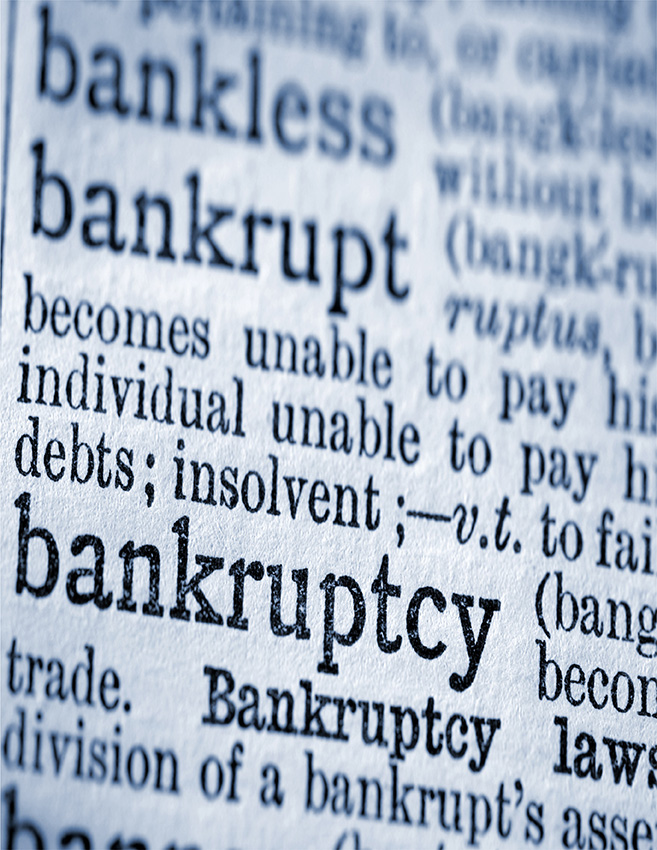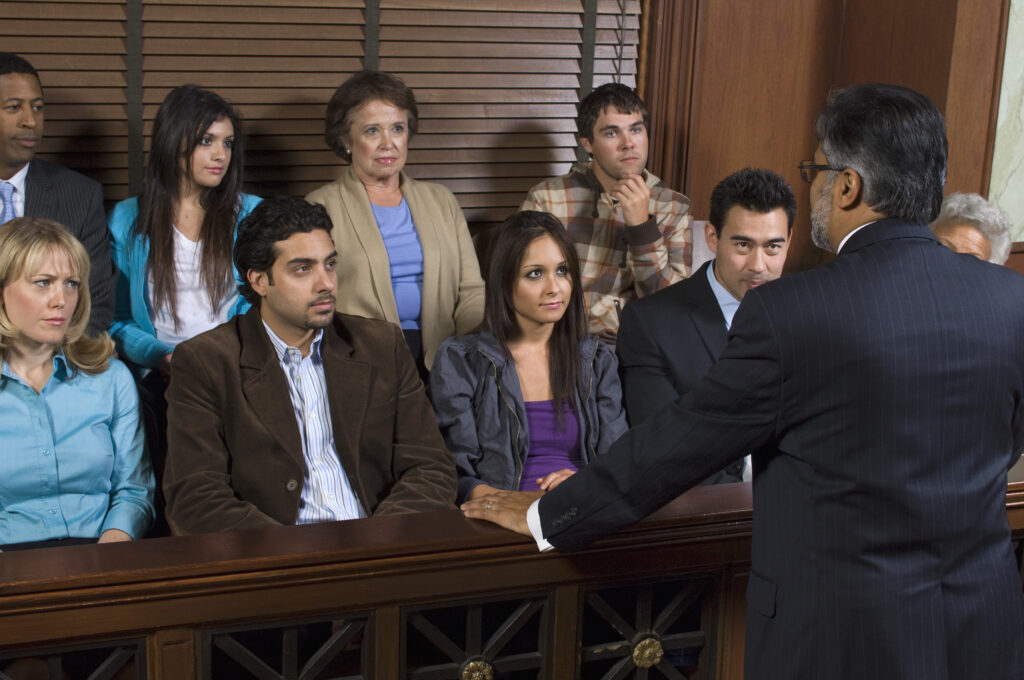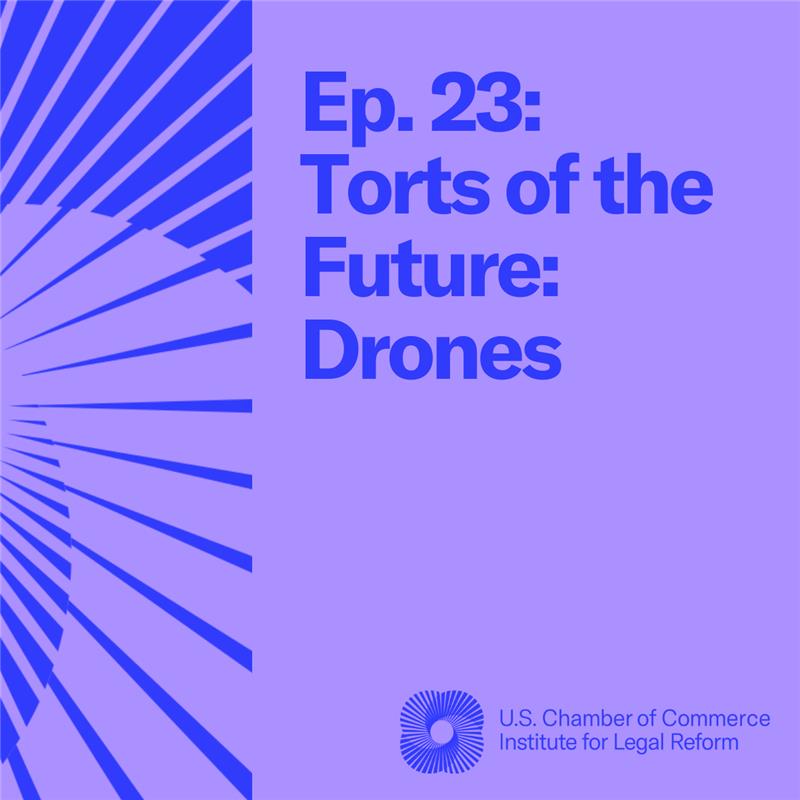WASHINGTON, D.C. – The size and frequency of massive jury verdicts—known as “nuclear verdicts” and described generally as being worth $10 million or more—are increasing, according to a new landmark study released today by the U.S. Chamber of Commerce Institute for Legal Reform. The study found the median nuclear verdict was almost $25 million in 2019—an increase from just over $19 million in 2010 and far outpacing the period’s inflation rate of about 17.2%.
Nuclear Verdicts: Trends, Causes, and Solutions analyzes nearly 1,400 verdicts in personal injury and wrongful death cases. The report, which looks at the trends, drivers, and types of cases leading to nuclear verdicts, found:
- Almost half of the nuclear verdicts in the report’s sample came from product liability (23.6%) and auto accident (22.8%) claims.
- Juries in state courts, rather than federal courts, produced most nuclear verdicts.
- California, Florida, New York, Texas, Pennsylvania, and Illinois hosted around 63% of the nuclear verdicts between 2010 and 2019.
- Third party litigation funding, lawsuit advertising, and plaintiffs’ lawyers’ courtroom tactics fuel the size and frequency of nuclear verdicts.
“Nuclear verdicts have spun out of control and should concern every policymaker, business, and consumer because of the real-world impact on the price of everyday household products, services, and insurance. Moreover, nuclear verdicts can threaten the viability of a business,” said Harold Kim, president of the U.S. Chamber of Commerce Institute for Legal Reform and chief legal officer for the U.S. Chamber of Commerce. “While some might feel that a huge verdict is ‘sticking it’ to a business, the reality is that nuclear verdicts add uncertainty and layers of cost throughout our economy that we all pay and undermine the rule of law in the process.”
The study outlines a series of comprehensive reforms that could reduce nuclear verdicts and restore confidence, fairness, and more predictability in jury awards, including:
- Requiring disclosure of third party litigation funding;
- Reining in misleading lawsuit ads;
- Promoting sound science in the courtroom;
- Prohibiting plaintiffs’ lawyer anchoring tactics;
“Legislators and courts can implement commonsense reforms to confront the drivers of excessive litigation that lead to more nuclear verdicts,” continued Kim. “Requiring disclosure of outside funding in a lawsuit and prohibiting misleading advertisements which overstate how much people can get if they sign up for a lawsuit, for example, will bring balance to the legal system, keep costs low for consumers, and let businesses operate with certainty and stability.”
###



